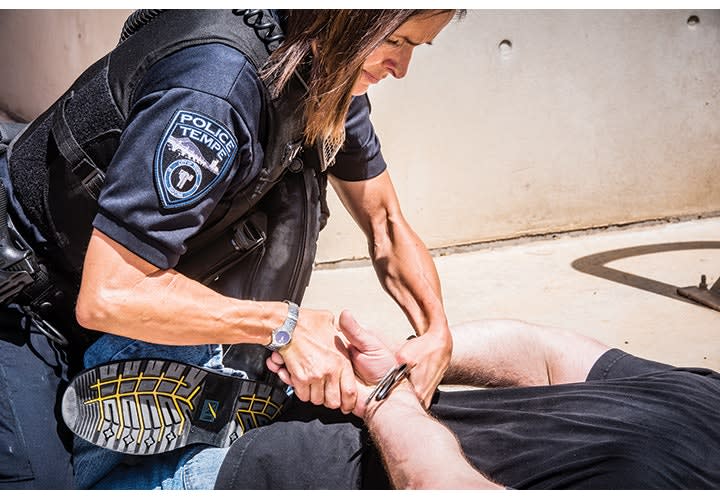Dep. Walt Brown was only two days shy of being signed off training at the Los Angeles County Sheriff's Department's Walnut Station when he and his partner Dep. Michael Keating were assigned a domestic violence call in San Dimas. Though new on the job, Brown had worked the field long enough to know that these types of calls were fraught with implications; seemingly strained loyalties can reverse in a heartbeat and lives may be lost just as quickly.
Upon their arrival at the 1950s-era one-story bungalow on Wehner Lane, they contacted the informant, Helen Perez. She advised them that her brother, Albert Belmontez, was drunk and high on drugs. This was not atypical behavior on Belmontez's part, but this night the ensuing amount of destruction he'd caused was unusual. Perez had been kicked in the leg and their shared home had been torn up, but what sealed her decision to order her brother to leave was that he had thrown a large bottle with Nolan Ryan-like intensity at her as she stood in the street. Unfortunately, he didn't leave; he holed himself up inside their home. And she called the deputies.













